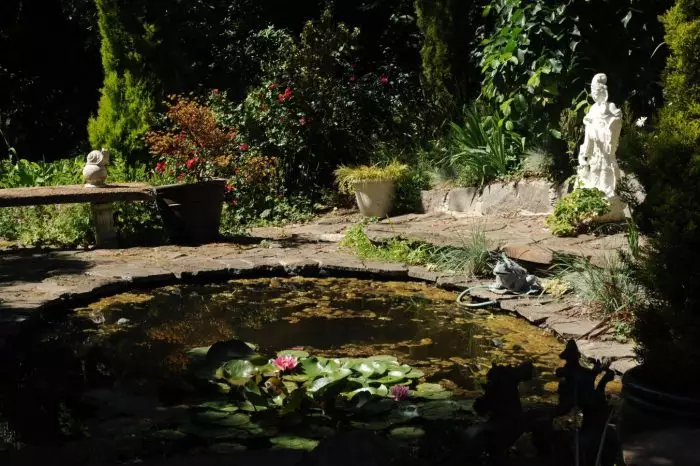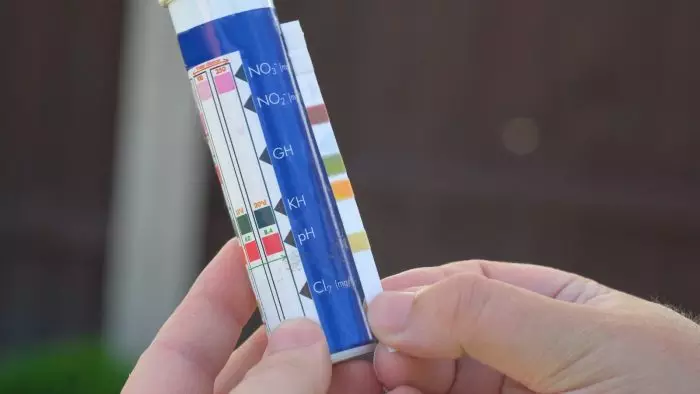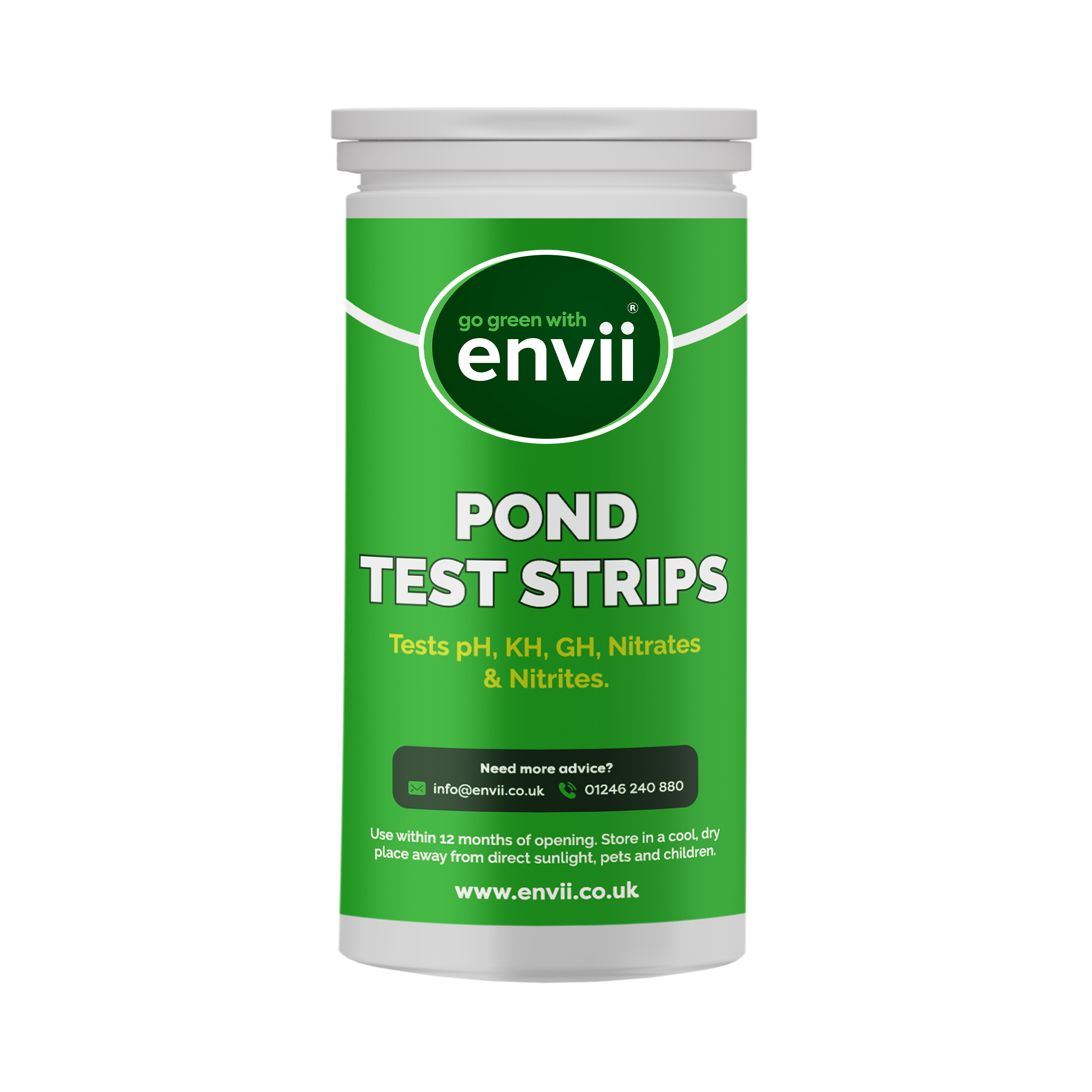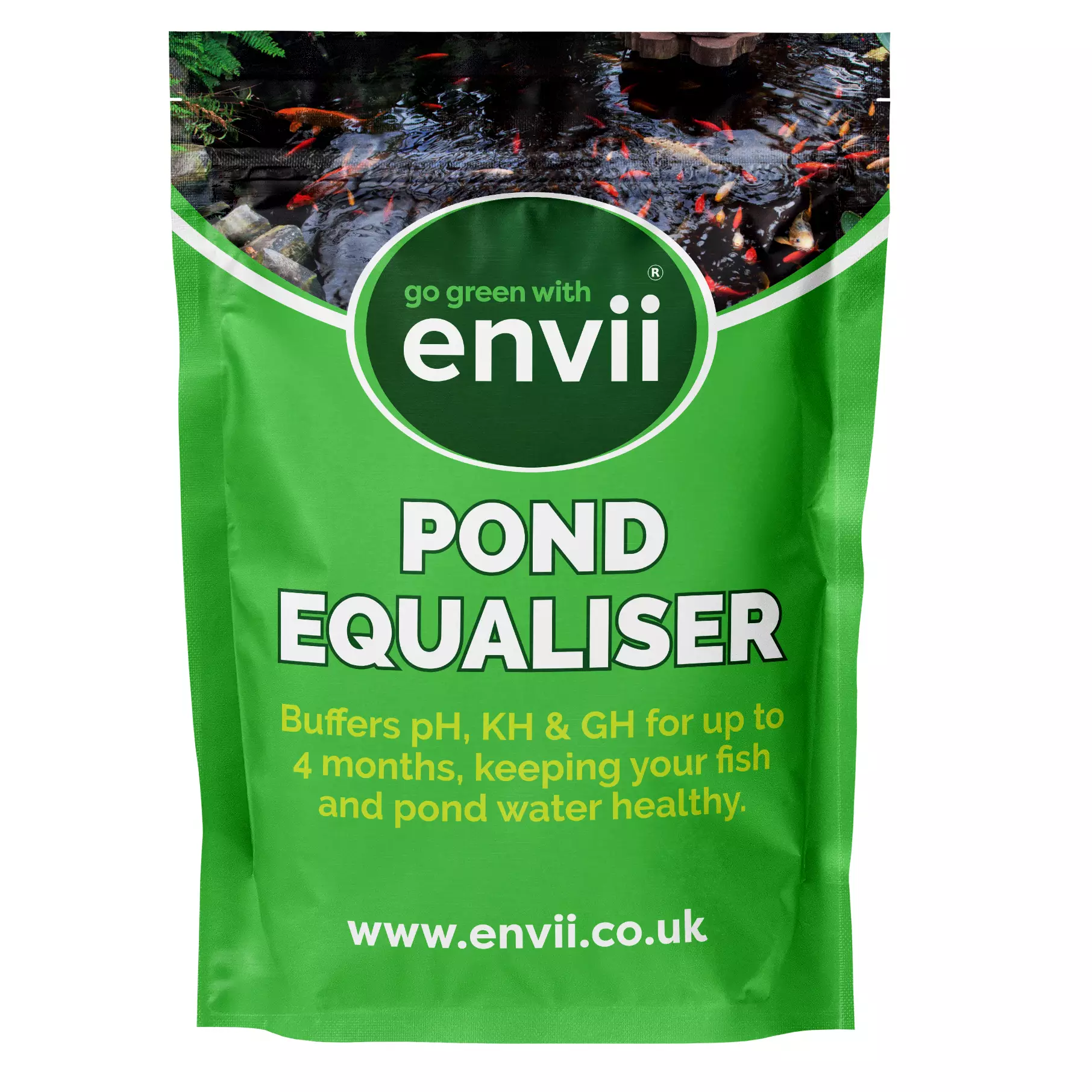The kH is often overlooked but is crucial in the overall health of a successful pond. A low kH, although not obvious initially, can cause serious problems for wildlife in a pond and even lead to fish death. So what is kH and how can this be overcome? Read on to find out more.
Jump to section:
What is kH? • What if kH levels are too low? • What if kH levels are too high? • What are the ideal kH levels? • How to test your pond kH level • How to increase kH levels
What is kH?
KH is the measure of carbonate hardness. Carbonate hardness is the amount of calcium carbonate in your pond. Calcium carbonate is extremely important. It feeds the nitrifying bacteria in your pond that removes the harmful ammonia and nitrates. These bacteria are part of the pond’s biological filter. Moreover, without this bacteria present, the pond health would rely heavily on the mechanical filtration system and therefore is under threat.
What happens if the kH levels get too low?
A low kH in your pond cannot be initially seen. A pond’s pH should lie roughly at the 7.5pH to 8.5pH mark, when harmful ammonia and nitrites enter the pond the kH neutralises it.
The carbonates essentially buffer the water and keep the pH consistent.
What if kH levels are too high?
Subsequently, if there is not enough kH, the harmful ammonia and nitrites start to build up in the pond and cannot be buffered by the kH. Consequently, this causes the pH to rapidly decline and can ultimately lead to a pH crash.
Find out the ideal pond parameters.

How to test your pond kH level
The best way to test the kH of your pond is by using a pond water pH testing kit. There are many available on the market that will work perfectly.
The test is quick and the results are almost immediate. The colour the test strips turn represents the health of the pond. If your pond pH or kH is low, measures must be put in place quickly to get the pond parameters back to a neutral state.

Related Products
-

Envii Pond Test Strips
£11.99Easy to use Pond Test Strips measuring 5 key water parametersAdd to Basket -

Envii Pond Equaliser
£15.99Stabilises the pH & KH in ponds to keep water safe for fish.Add to Basket
How to increase kH levels
Baking soda works fine for some uses. Alternatively, we recommend Envii Pond Equaliser to not only raise kH levels but also the pH levels too. Pond Equaliser instantly stabilises the important pond parameters in your pond and buffers the pH, kH and GH for up to 6 months to ensure fish remain safe.
Need help? Get in touch with our friendly customer service team here.

 Call us on 01246 240880
Call us on 01246 240880 Free 48hr Delivery
Free 48hr Delivery Sign-up and receive 10% off
Sign-up and receive 10% off
